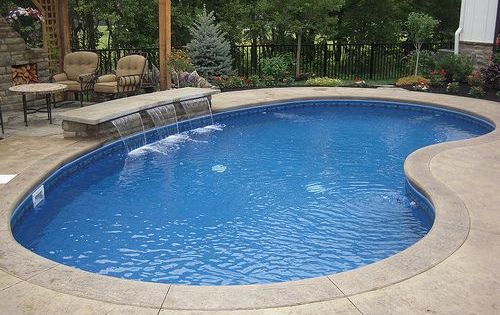
The roof is the most important and vulnerable part of any commercial building. It protects not just a building but also the hard work of your employees and, in a way, their livelihood!
Roof leaks are known to be responsible for about 15% of commercial water damage. They are also the primary cause of ceiling water damage.
So, it’s high time you pay attention to the leaky roof of your office. Prevent any major mishap before it’s too late with these steps…
1. Identify the leak
This is the most difficult step out of all. So, you must perform routine checks and watch for these signs. If you notice any of them, take quick action.
-
Musty smell
The smell of must is an early sign of a leak and mold development. It happens even before a water stain. So, check all the rooms and smell them.
-
Ceiling water stains
If you don’t know how water stains look, check for a dark ring of stain with discoloration on the inside of the ring.
-
Bulged drywall
Another sign of water damage is the bulging or bubbling of drywall. This happens either due to leaky roofs or plumbing leaks.
-
Shingle damages
Observe whether the roof shingles are warped or damaged. If yes, then that might be the cause of the leak.
-
Exterior wall spots
If there are water stains on the exterior wall, they indicate issues with flashing – the place where the roof and wall meet. Loose or damaged flashing may lead to rainwater seeping and water stains.
-
Attic pooling
If the commercial building has an attic, investigate the roof sheathing and rafters for water stains and a musty smell. It might also lead to water pooling in the attic.
2. Take initial precautions
Before you begin the repair, here are a few things to do to minimize major loss from the leak.
- If water is dripping, remove all gadgets and paperwork from the room and place a container under the leak.
- If the ceiling is bulging, remove all important things and make a puncture to let the water out. Otherwise, the pooled water may make the ceiling collapse.
- If you know exactly where the leak is from the exterior surface, tarp the roof. It’ll prevent more water from seeping into the cracks.
- Remove employee access to the relevant rooms if the leak is restricted to a small area. Ask employees to work from home if it has spread to a massive area. Otherwise, it can impact their health and safety.
3. Clean the leak
Your next task is to get the leaks cleaned to avoid further damage. Here are a few steps to get it done:
- If you have insurance with roof coverage, document the leak and water damage in detail. Begin with taking photos of the leak from different angles. Contact your insurance agent to know which parts of the damage and repair are covered if you’re unsure.
- Perform water extraction using a dehumidifier or wet dry vac on the ceiling and floors. If you miss this step, the chances of mold growth and spreading are higher.
- Clean the leaky surface with detergent first. Then disinfect it with bleach solution. Otherwise, the mold and mildew may still grow.
- Dry out the room with a leaky roof. Use a large dehumidifier near the leak for a few days. Check the moisture levels regularly with a moisture meter.
4. Repair any other issue
Other than the primary water leaking cause and solution, you must also do the following:
-
Damaged shingle
If you notice any broken, warped, or damaged shingle, remove it immediately. Take off its nail and scrub away the cement. Nail a new shingle back in place and apply cement over it.
-
Caulk gap
Check the areas around windows and chimneys. If there’s any gap in the caulking, reapply on those areas.
-
Vent boot damages
If the vent boots are damaged, replace them with new ones from the hardware store. If it doesn’t seem damaged, get some screws and rubber washers. Switch out the old washers with the new ones to avoid water seeping.
5. Prevent leaks from happening in the future
To ensure that your commercial building doesn’t face leaks in the future, perform routine inspection and maintenance. Especially investigate the roof during the spring and fall.
However, the overall task is quite risky. If you don’t have the right knowledge of the steps, it’s best to seek commercial roofing services. They’ll perform detailed inspections and ensure further damage prevention.
Don’t rush to appoint a service provider. Make a list of the best roofers and their services. Seek advice from roofing material sellers for the best contractors.
Conclusion
If you notice any roof leak signs at your commercial facility, don’t hesitate to seek expert advice if you have the necessary skills to handle the situation.
However, experts will help you fix the leak faster and help you resume office work soon. So, choose wisely!


